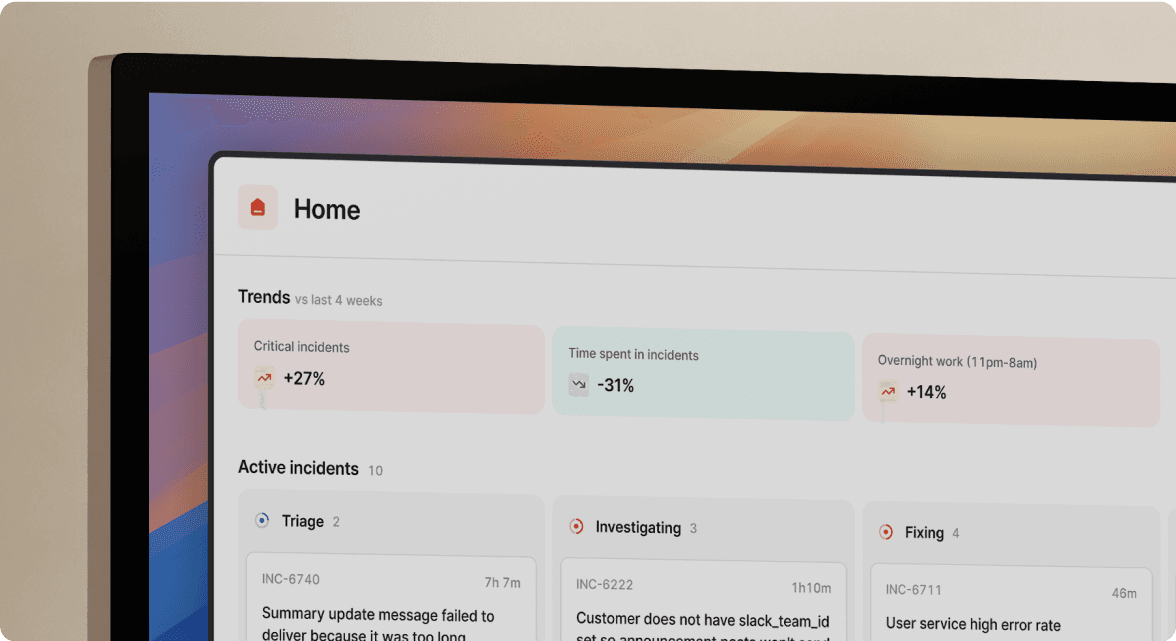Chris Evans's posts

The EU AI Act and what it means for managing incidents
The EU AI Act introduces new incident reporting rules for high-risk AI systems. This post breaks down what Article 73 actually mandates, why it's not as scary as it sounds, and how good incident management makes compliance a breeze.
 Chris Evans
Chris Evans
How incident.io helps to reduce alert noise
By linking alerts to real incidents, incident.io gives you full visibility into what’s noisy, what’s painful, and what needs fixing.
 Chris Evans
Chris Evans
Our simple-to-use incident post-mortem template
Incident post-mortems are a crucial document that cannot be glossed over. In this article, you’ll find our go-to post-mortem template that you can use in your own organization.
 Chris Evans
Chris Evans
Introducing Agentic CTO: executive oversight in every incident
At incident.io, we've always focused on empowering your team to manage incidents calmly, confidently, and effectively. Today, we’re introducing a powerful new addition to our suite of AI incident responders — one designed to bring a new layer of strategic oversight to your engineering organization: Agentic CTO.
 Chris Evans
Chris Evans
Avoiding the ironies of automation
Incidents happen when the normal playbook fails—so why would we let AI run them solo? Inspired by Bainbridge’s Ironies of automation, this post unpacks how AI can go wrong in high-stakes situations, and shares the principles guiding our approach to building tools that make humans sharper, not sidelined.
 Chris Evans
Chris Evans
Going beyond MTTx and measuring “good” incident management
What does "good" incident management look like? MTTx metrics track speed, but speed alone doesn’t mean success. So, we decided to analyze 100,000+ incident from companies of all sizes to identify a set of new benchmarks for every stage of the incident lifecycle.
 Chris Evans
Chris EvansSo good, you’ll break things on purpose
Ready for modern incident management? Book a call with one of our experts today.

We’d love to talk to you about
- All-in-one incident management
- Our unmatched speed of deployment
- Why we’re loved by users and easily adopted
- How we work for the whole organization




